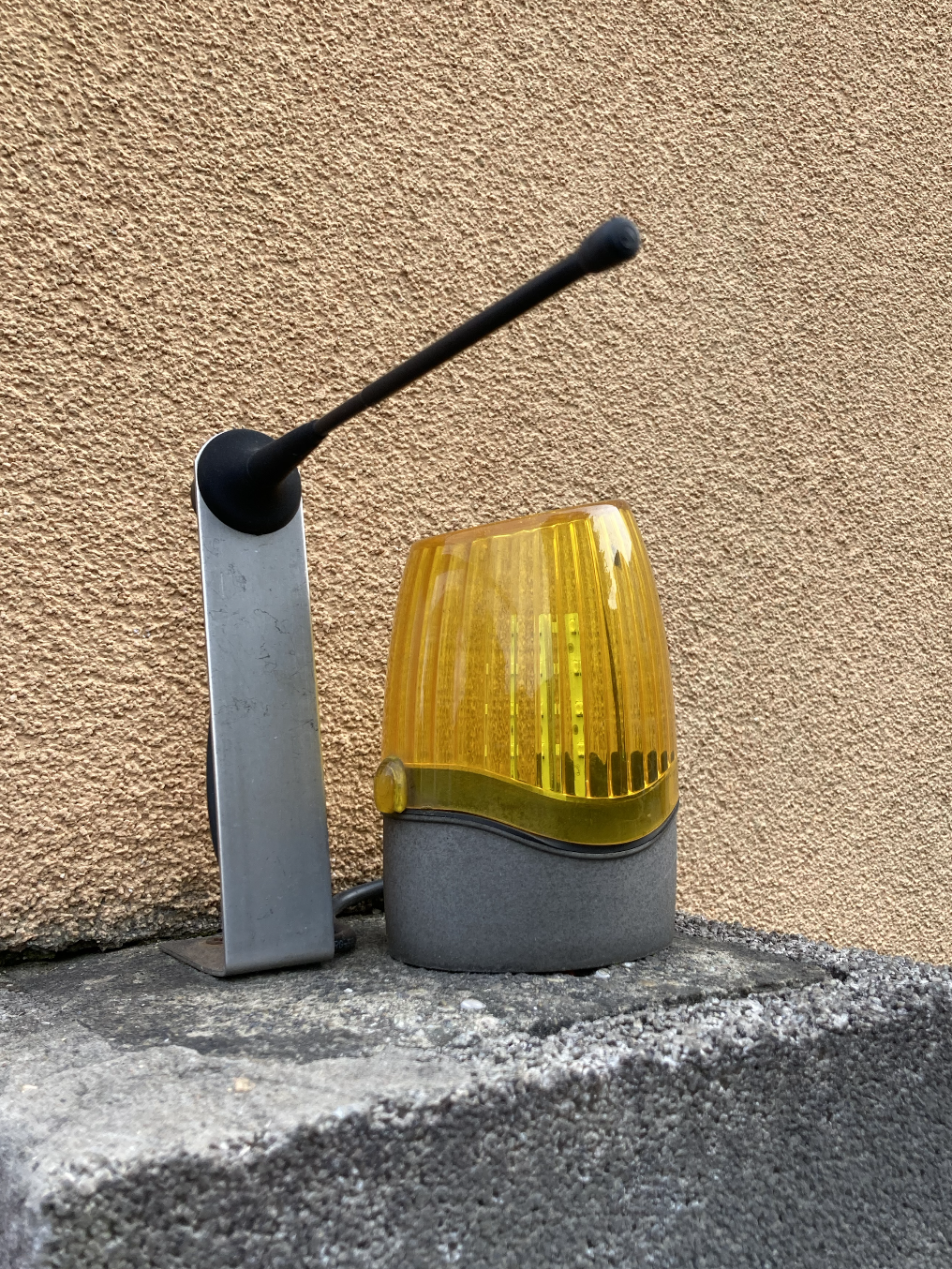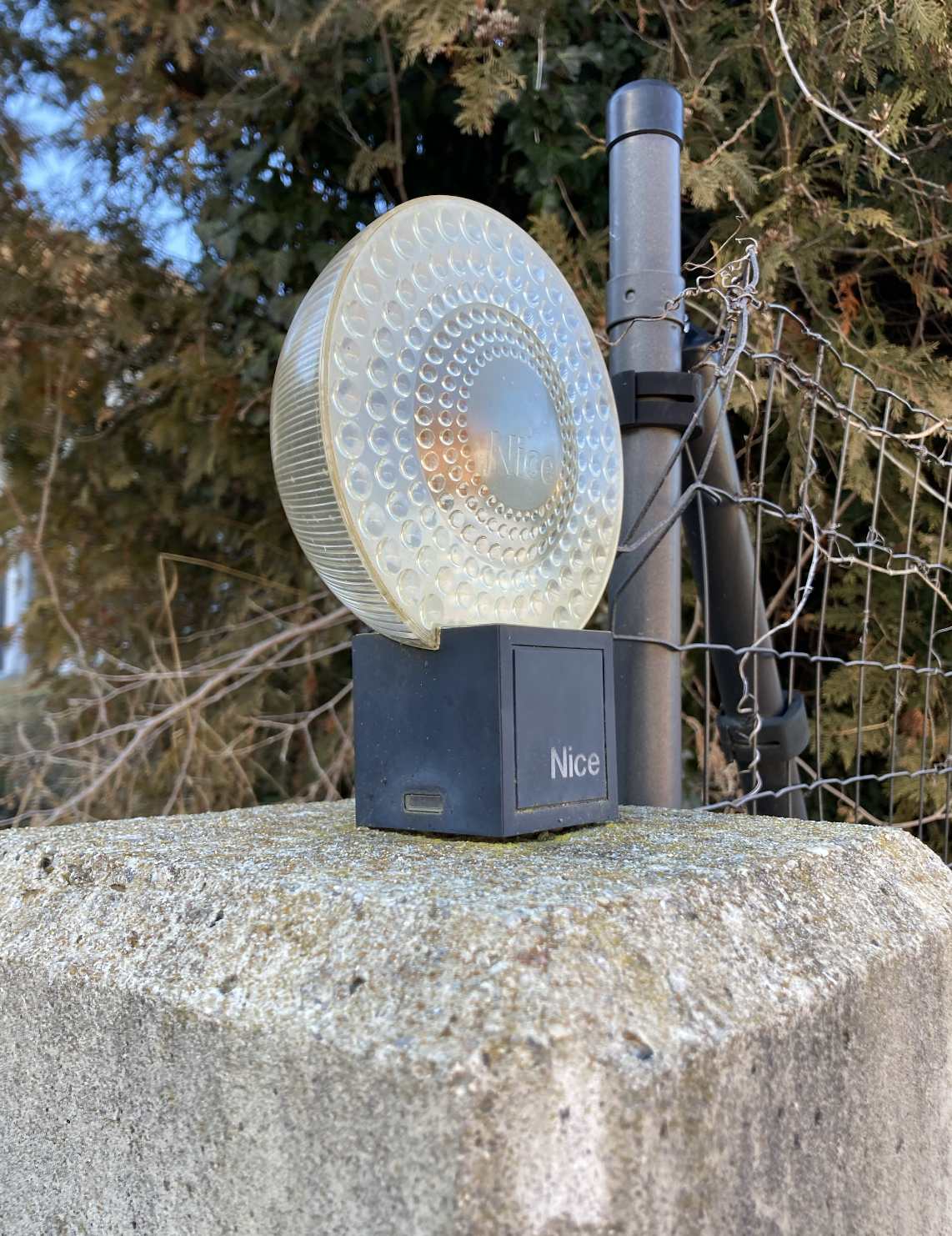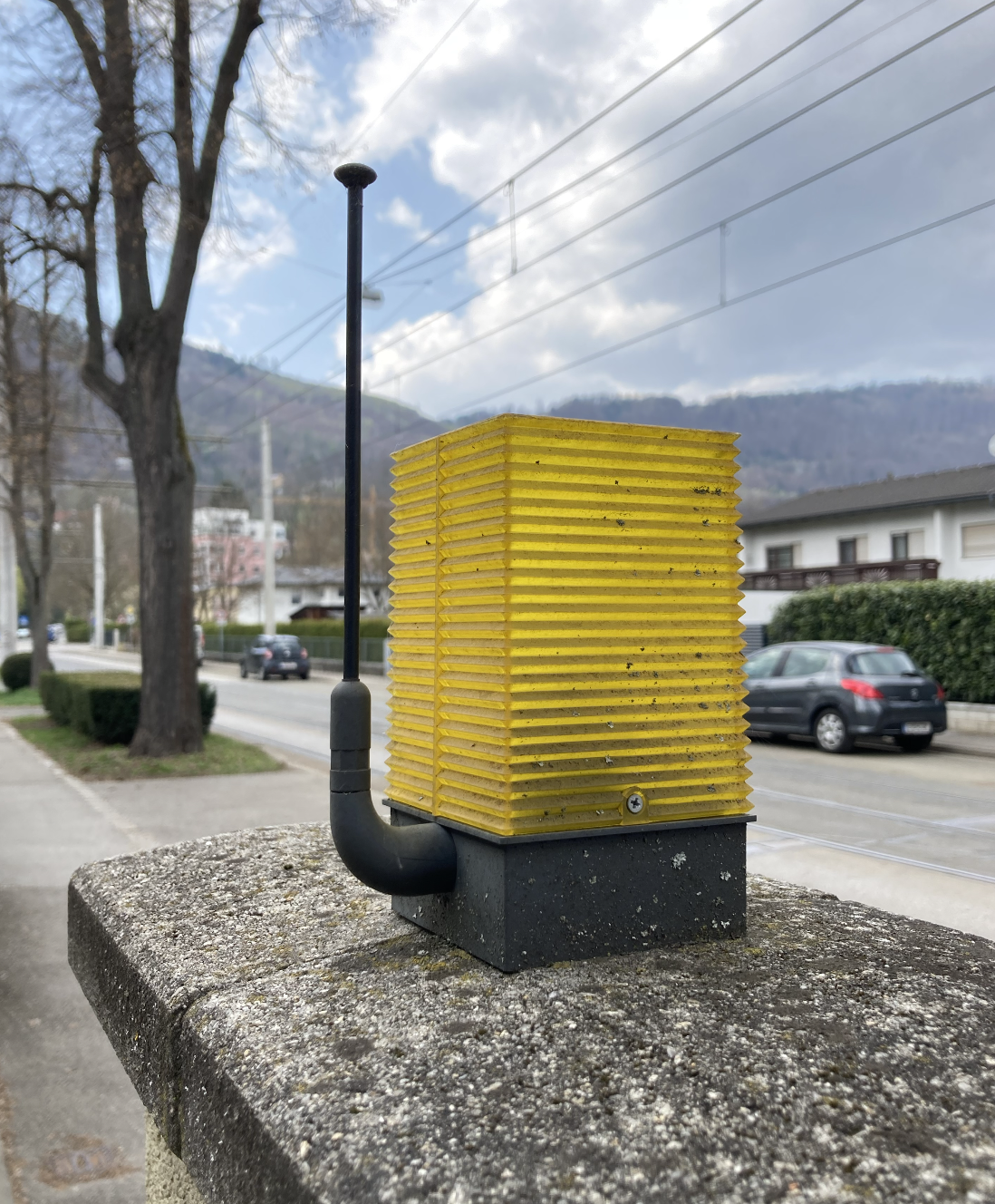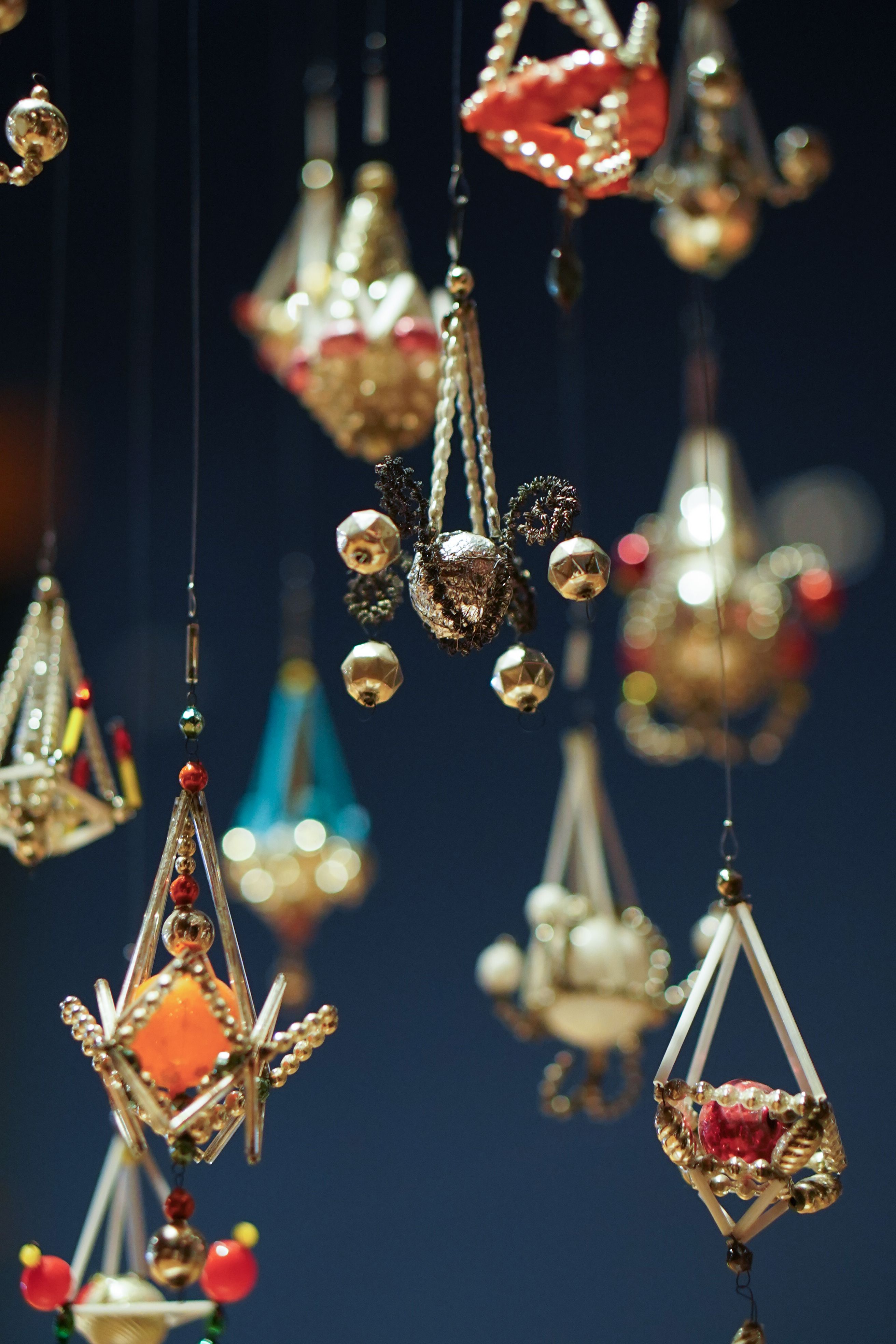
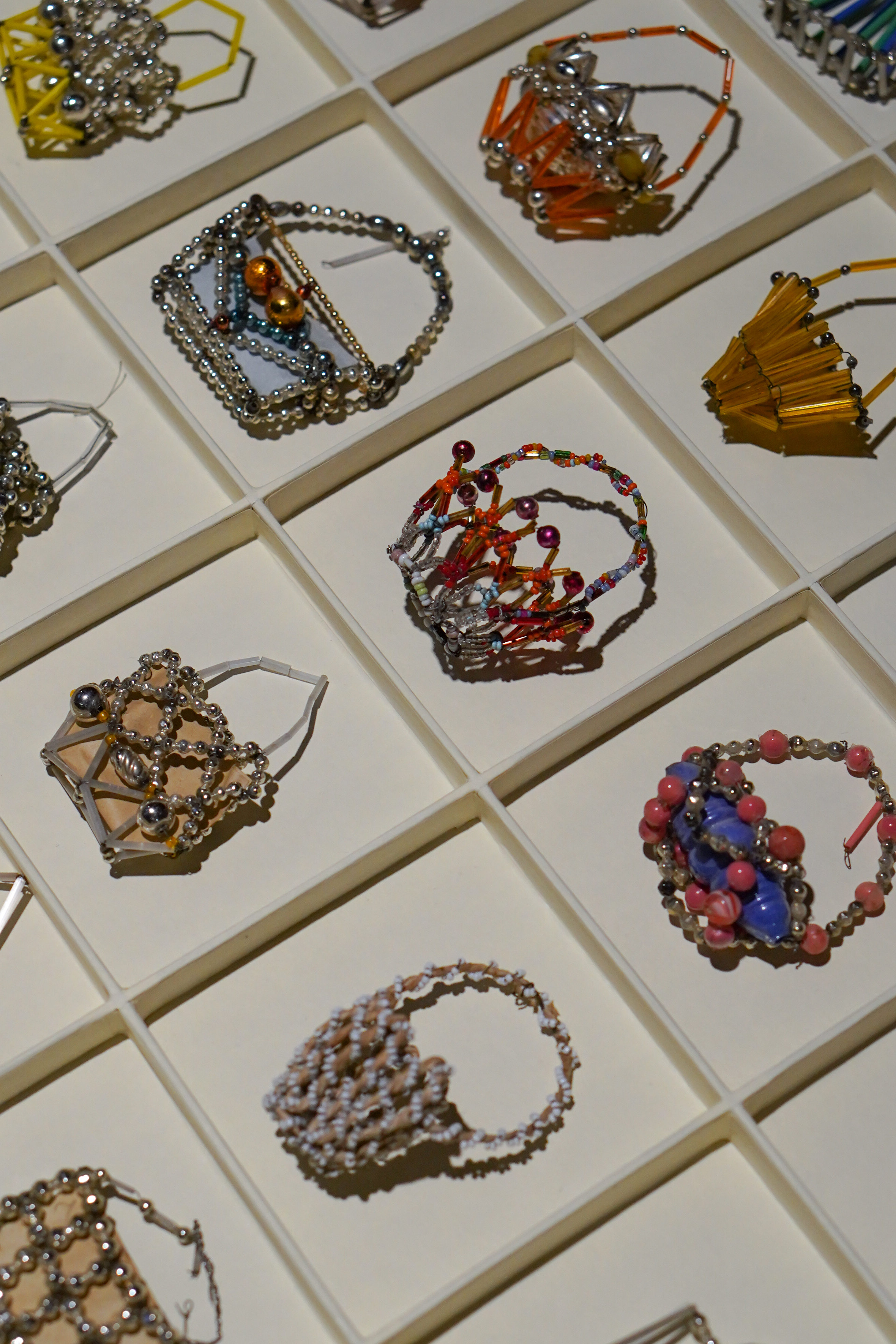
EXHIBITION DESIGN
An impressive selection of hundreds of objects from the Waltraud Neuwirth Collection, dating from the heyday of Gablonz Christmas tree decorations between 1920 and 1980, arranged by designer Johanna Pichlbauer, transforms the Works on Paper Room into a glittering cosmos.
︎ MAK Wien
︎ 24.9.2025—1.2.2026
Fotos: Esel.at (unten), Pichlbauer (links)
Fahrrad und Hummer
An impressive selection of hundreds of objects from the Waltraud Neuwirth Collection, dating from the heyday of Gablonz Christmas tree decorations between 1920 and 1980, arranged by designer Johanna Pichlbauer, transforms the Works on Paper Room into a glittering cosmos.
︎ MAK Wien
︎ 24.9.2025—1.2.2026
Fotos: Esel.at (unten), Pichlbauer (links)
The idea behind the design was based on the two basic states that Christmas ornaments experience in our homes: first, glittering on the tree – decorated and visible from all sides – and then, for the rest of the year, packed away in boxes, maybe neatly labeled, maybe just stuffed into a cupboard with all the other things that aren’t uesd much. I find this connection between the collection in the museum, and our own small, very personal Christmas ornament archives at home beautiful and fascinating.


The dark blue velvet star curtain freatures the "Winter Hexagon" — a prominent configuration of bright first-magnitude stars in the southern winter sky. It consists of the following fixed stars (clockwise): Capella in Auriga, Aldebaran in Taurus Rigel in Orion, Sirius in Canis Major Procyon in Canis Minor, and Pollux in Gemini.
FAIRYTALE
King GAFA and the Magical 0-1 Crop
King GAFA and the Magical 0-1 Crop is a modern fairy tale about privacy in the digital age. Charming yet unsparing, it shows who makes the rules and how different groups, from politicians — the elders — to the simple farmer, from the hermit in the Dark Forest to the data broker, are entangled with each other. The fairy tale questions our online habits and invites us to participate in the discourse around “digital sovereignty”. The project aims to explore the great potential of design as a tool for promoting more democracy, making complex content accessible and exciting for a broad target group, and empowering enlightened, informed citizens to stand up for their rights.
King GAFA and the Magical 0-1 Crop
King GAFA and the Magical 0-1 Crop is a modern fairy tale about privacy in the digital age. Charming yet unsparing, it shows who makes the rules and how different groups, from politicians — the elders — to the simple farmer, from the hermit in the Dark Forest to the data broker, are entangled with each other. The fairy tale questions our online habits and invites us to participate in the discourse around “digital sovereignty”. The project aims to explore the great potential of design as a tool for promoting more democracy, making complex content accessible and exciting for a broad target group, and empowering enlightened, informed citizens to stand up for their rights.

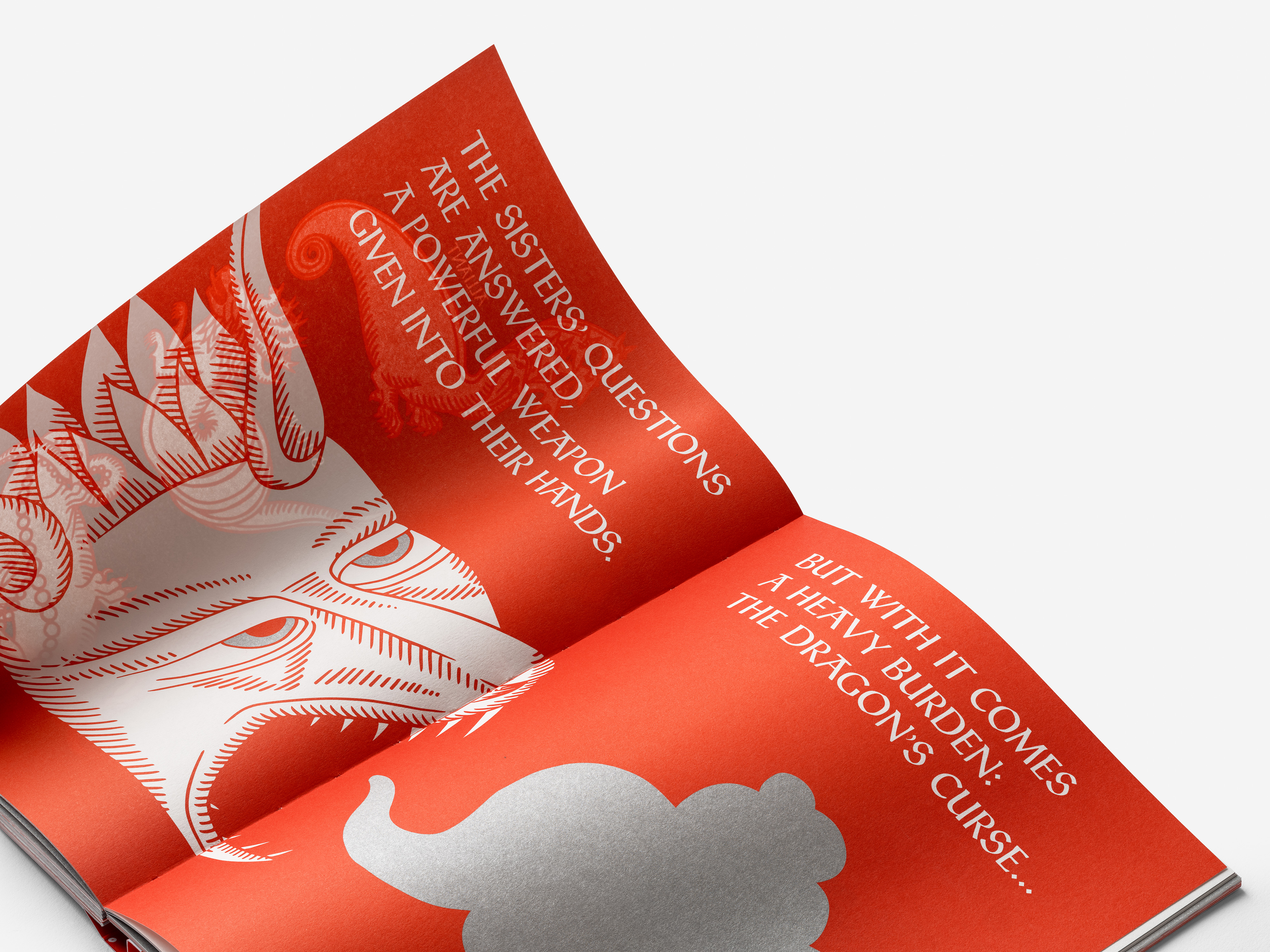
The book is based on the project and animated fairy tale by: Johanna Pichlbauer, Fabio Hofer, Felix Lenz, Jekaterina Shipilenko
Author and editor of the book: Johanna Pichlbauer
Illustration: Johanna Pichlbauer, Jekaterina Shipilenko
Art direction and design: Maša Poljanec, Ivana Borovnjak
Print: Kerschoffset
August 2024, English
17 x 23,5 cm, 124 pages, 300 copies
Offset, soft cover
ISBN 978-953-8369-23-0
︎ Karla Jurić
︎ King GAFA – The Book is out! Order here.


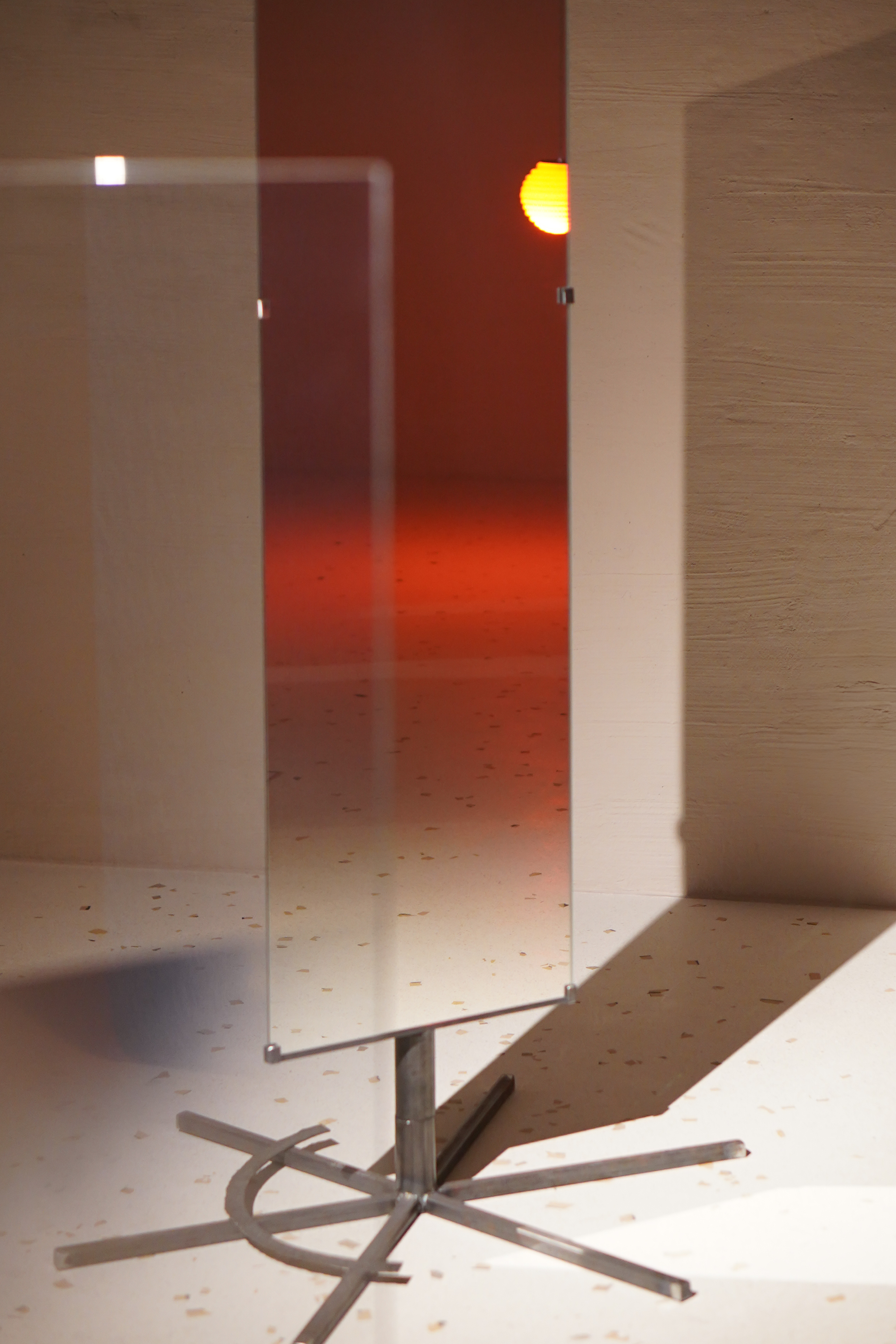
INSTALLATION
My favorite measuring instrument is the sextant (this hasn’t always been the case). I love the interplay of its parts: the sight tube, the horizon mirror, the index mirror mounted to rotate on the alidade, the light filters that fold in and out, the degree scale. The best part is the sight window: it is halved by the first mirror, then further quartered by the horizon, and in the middle appears either the half sun or the North Star.
For my installation ARTIFICIAL HORIZON, I made the sextant walk-in. The individual technical components are transformed into furniture and sculptures, the horizon hangs rotated by 90 degrees from the ceiling. Through the shift in scale and the rotation of the horizon, the installation renders the instrument’s function tangible while at the same time raising questions of orientation and the determination of one’s position in space.
Design in Gesellschaft (Feb 2025)
/ bureau fomo (Oct 2025)
Assistance: Benedikt Rau
supported by: bmkoes
Photos: Johanna Pichlbauer
Artificial Horizon
My favorite measuring instrument is the sextant (this hasn’t always been the case). I love the interplay of its parts: the sight tube, the horizon mirror, the index mirror mounted to rotate on the alidade, the light filters that fold in and out, the degree scale. The best part is the sight window: it is halved by the first mirror, then further quartered by the horizon, and in the middle appears either the half sun or the North Star.
For my installation ARTIFICIAL HORIZON, I made the sextant walk-in. The individual technical components are transformed into furniture and sculptures, the horizon hangs rotated by 90 degrees from the ceiling. Through the shift in scale and the rotation of the horizon, the installation renders the instrument’s function tangible while at the same time raising questions of orientation and the determination of one’s position in space.
Design in Gesellschaft (Feb 2025)
/ bureau fomo (Oct 2025)
Assistance: Benedikt Rau
supported by: bmkoes
Photos: Johanna Pichlbauer


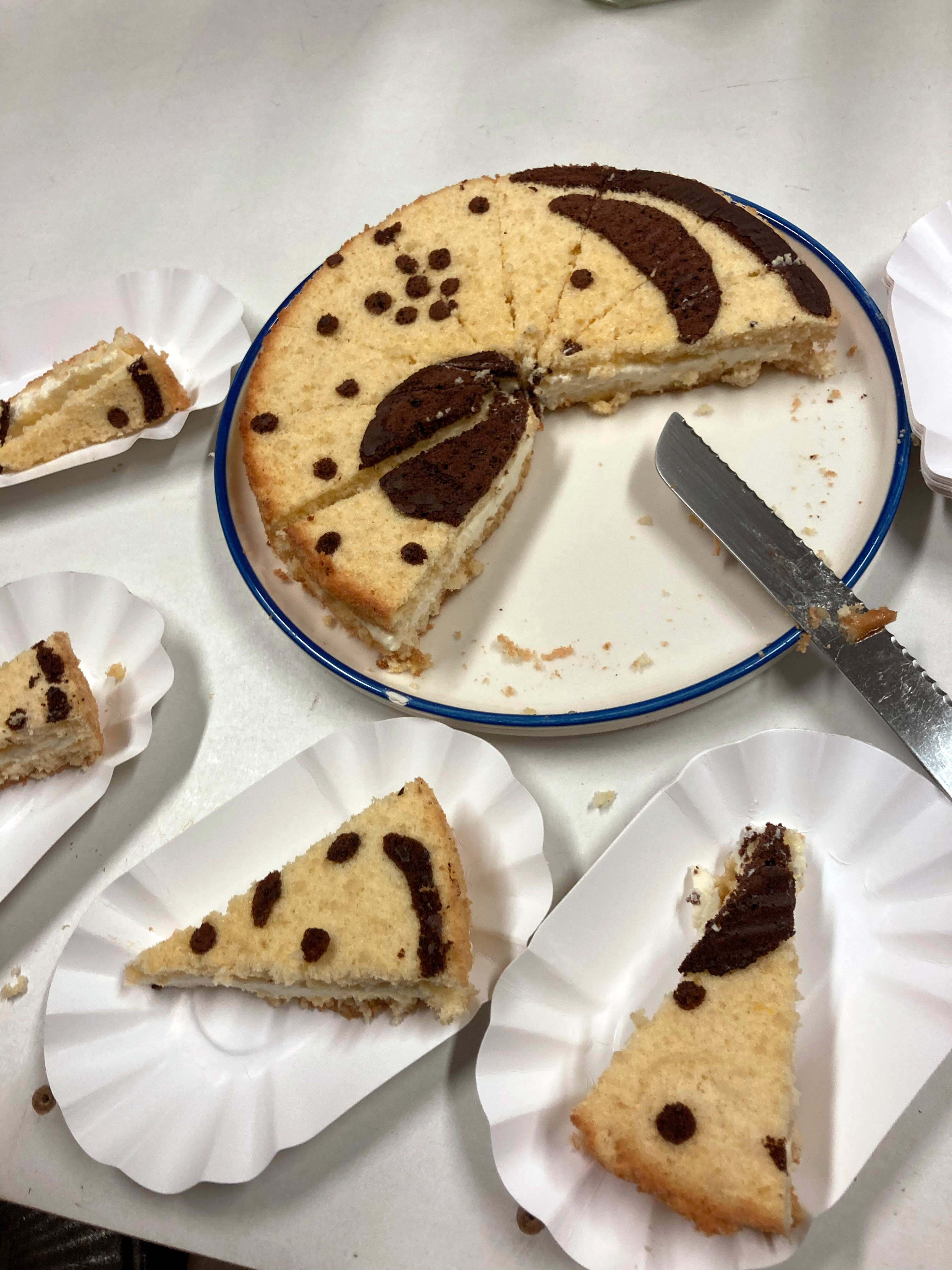
Himmelsscheibe von Nebra – Biskuit

This object is not a sextant, but an Artificial Horizon by Davis Instruments, “which answers the need of every sextant user who cannot depend on a natural sea horizon”.
OBJECT
Eckenschutz
As a mother I’ve become sensitive to sharp edges and corners in the height of my child’s head, and like many other adults, I’ve developped a reflex to cover them with my hands to avert accidents. I decided to translate these little acts of care into table accessories. The many stages of this project have seen a series of sketches, two archive tables showcasing existing corner protections and two desks produced for the exhibition “Projekt Berggasse 19” in collaboration with cabinetmaker Clemens Schmidberger, which feature hands in brass and in silver.
![]()
![]()
![]()
![]()
Eckenschutz
As a mother I’ve become sensitive to sharp edges and corners in the height of my child’s head, and like many other adults, I’ve developped a reflex to cover them with my hands to avert accidents. I decided to translate these little acts of care into table accessories. The many stages of this project have seen a series of sketches, two archive tables showcasing existing corner protections and two desks produced for the exhibition “Projekt Berggasse 19” in collaboration with cabinetmaker Clemens Schmidberger, which feature hands in brass and in silver.




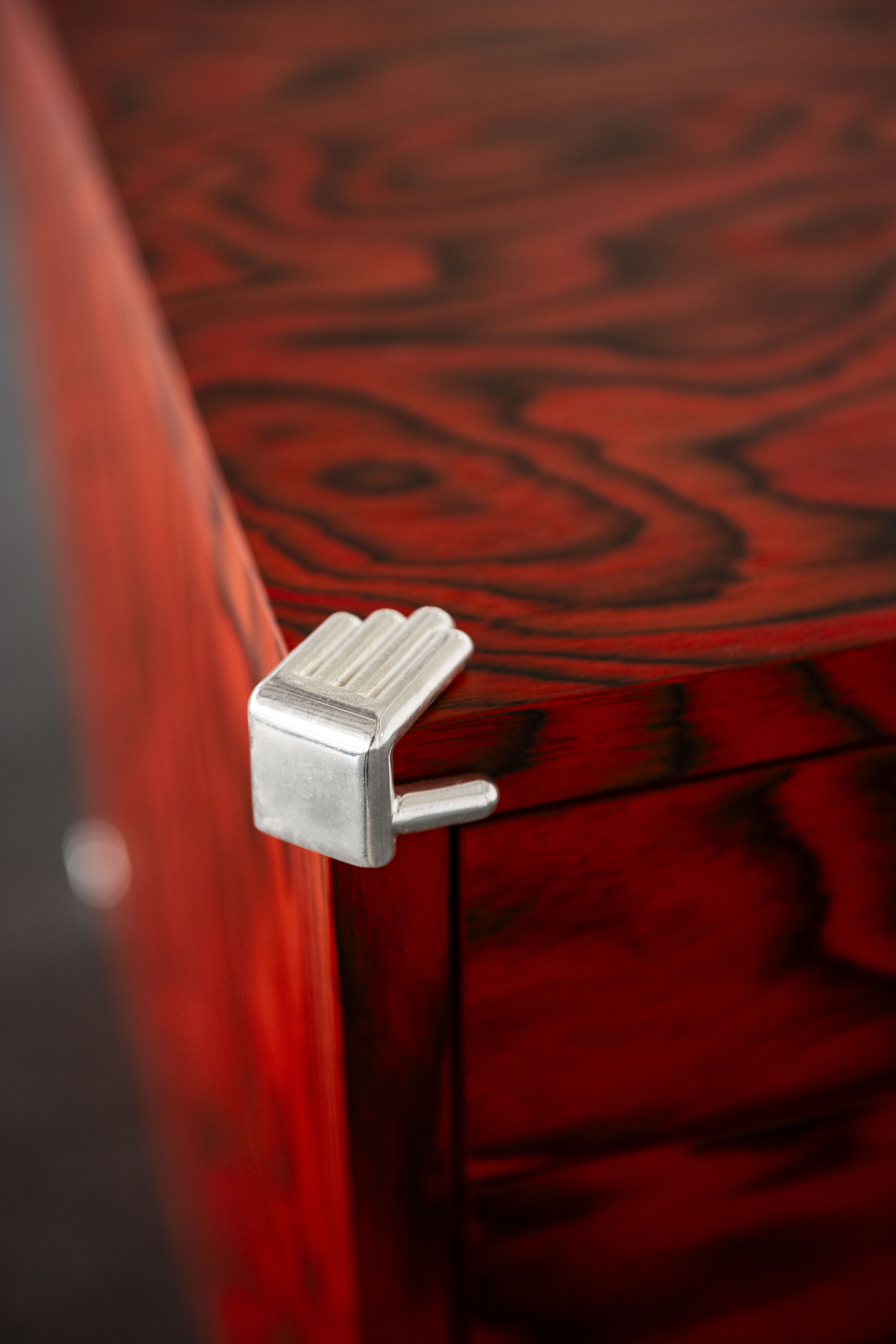
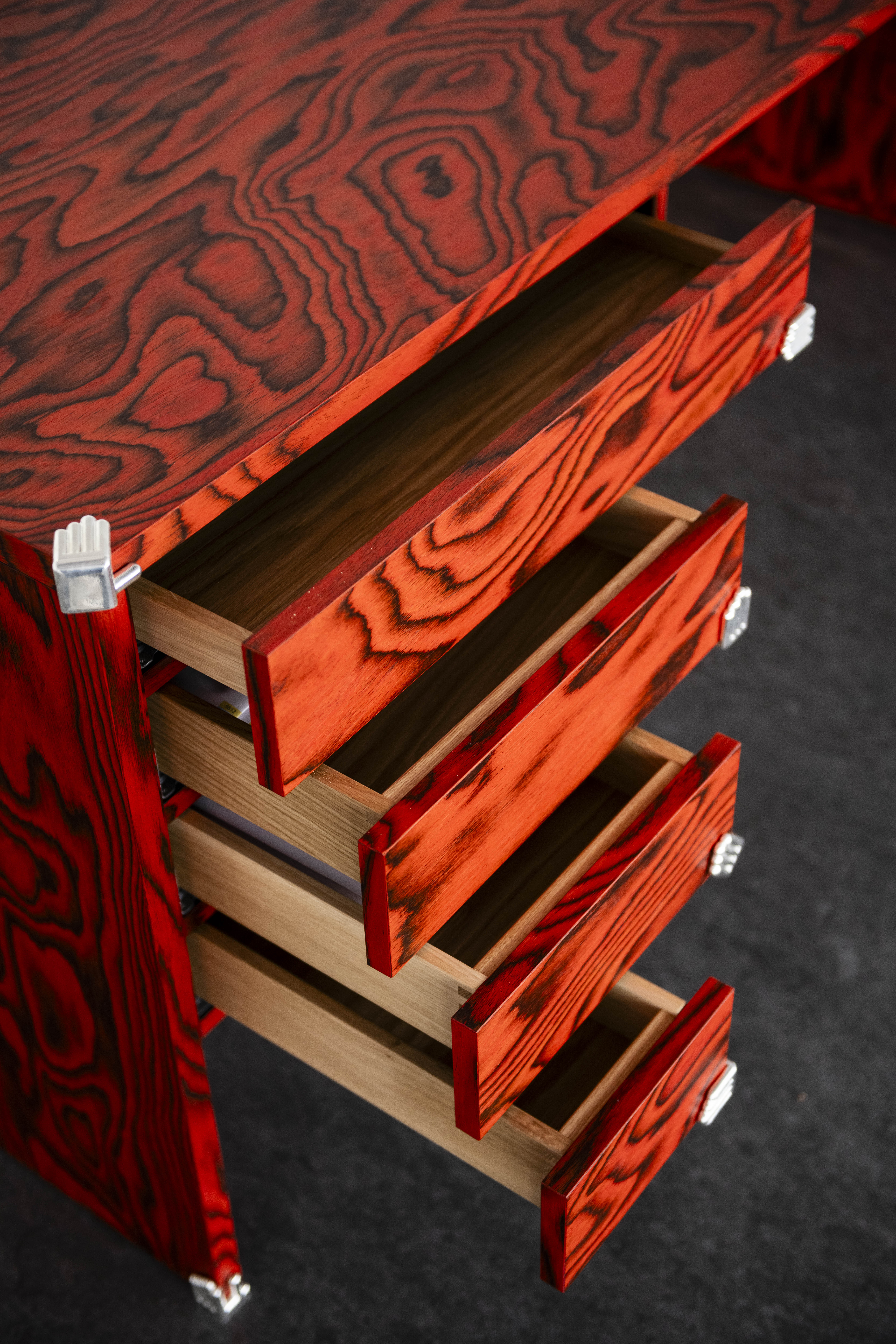
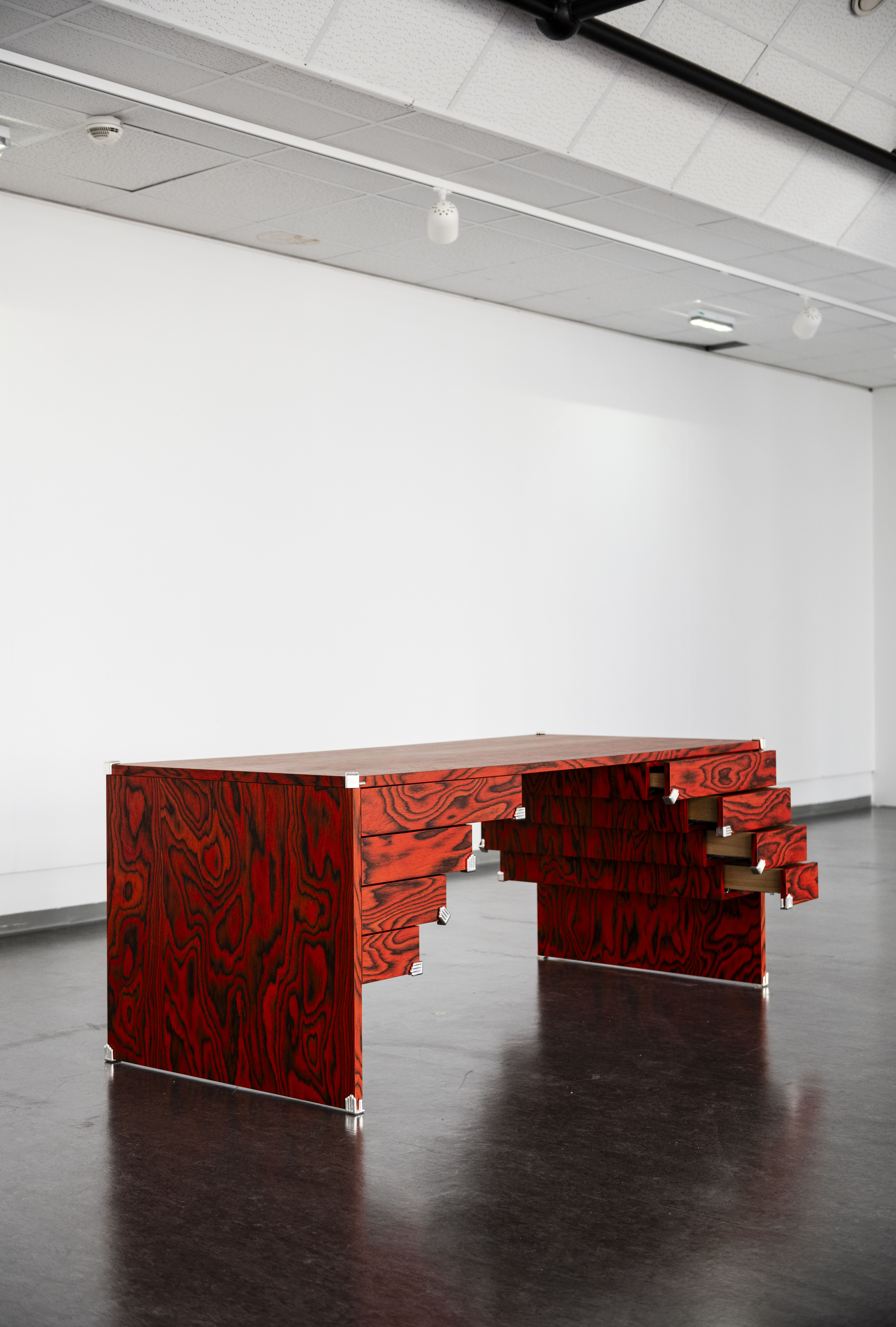
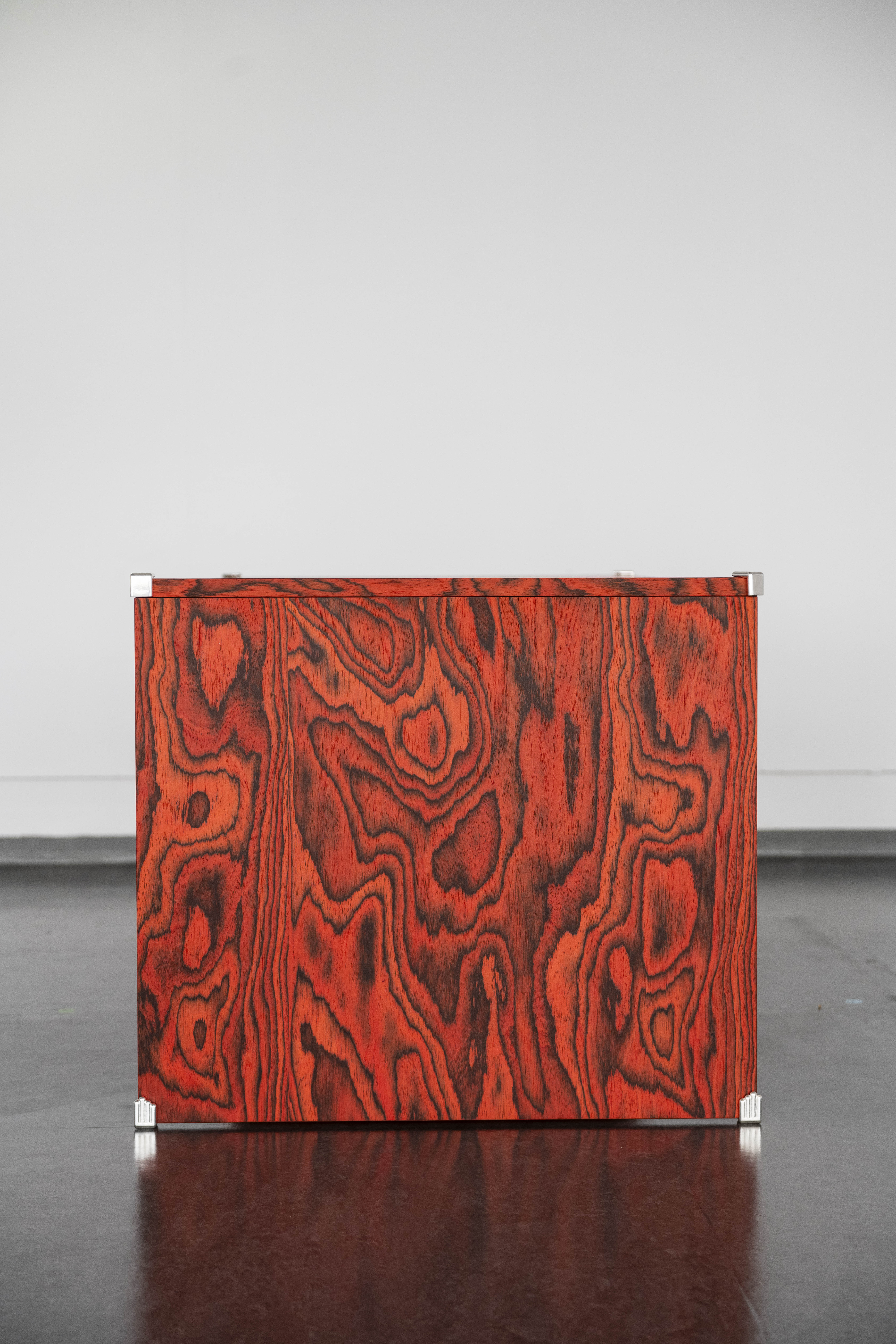
Image: Philipp Podesser for 24th Arts
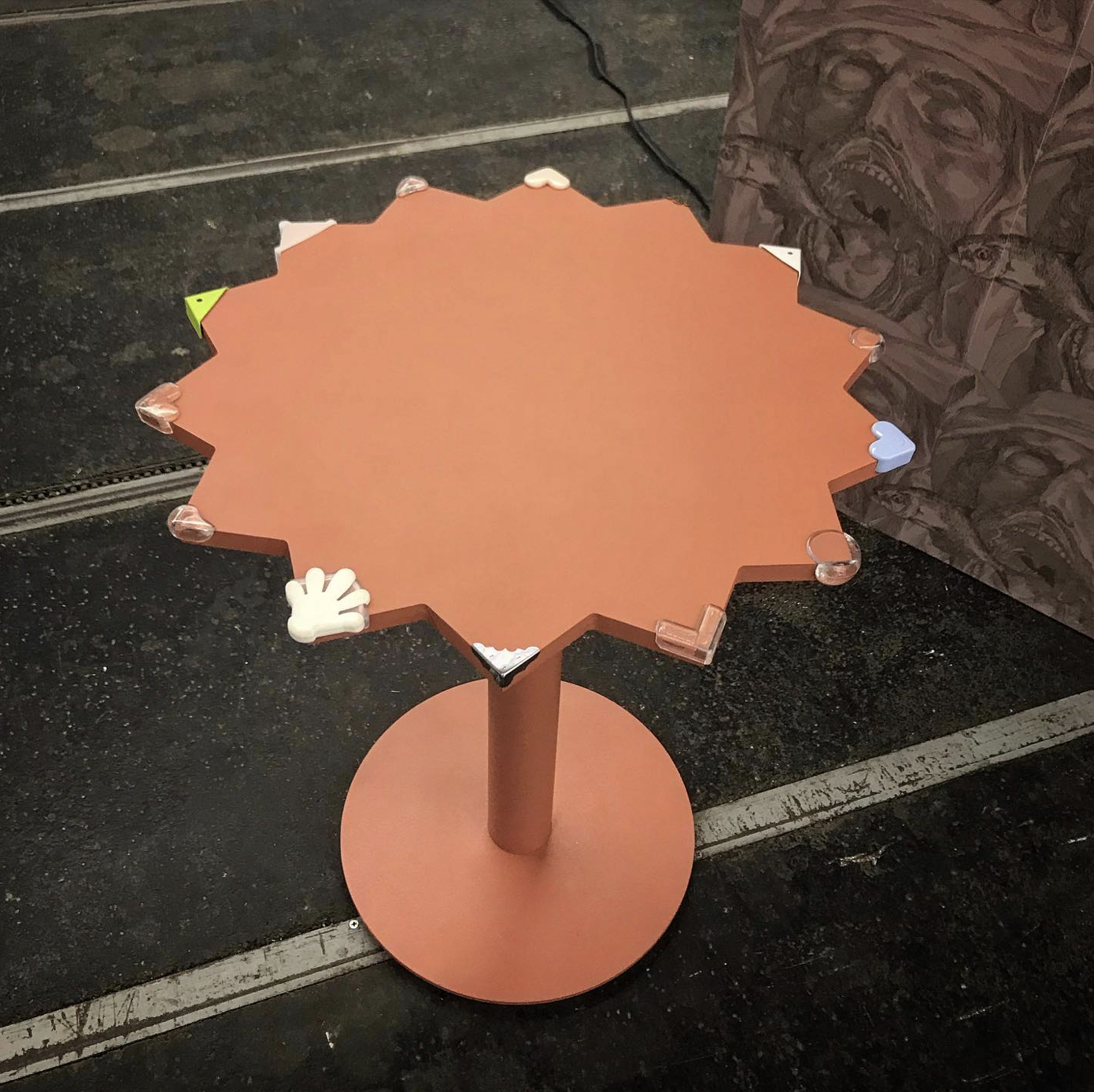
The Archive Table
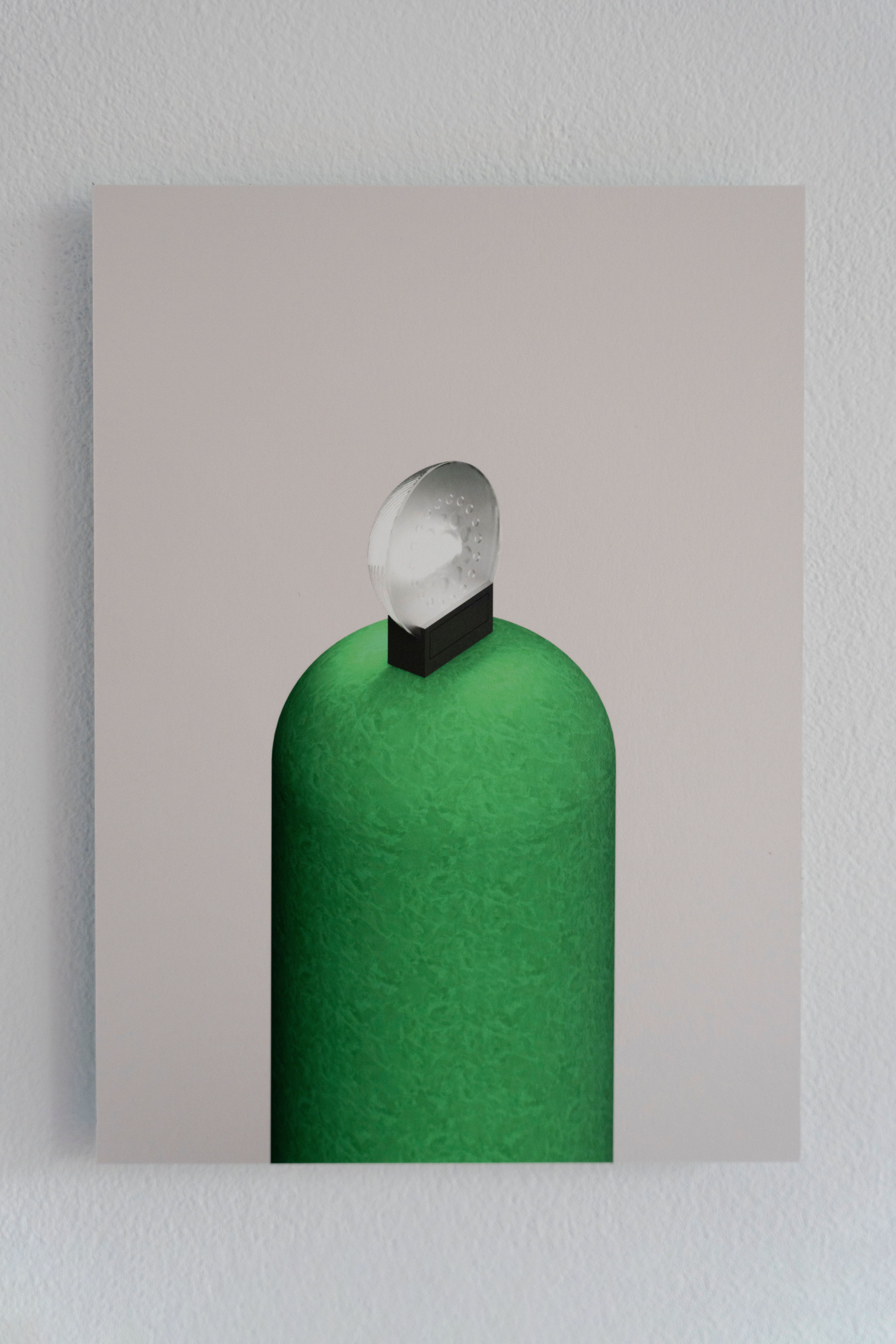
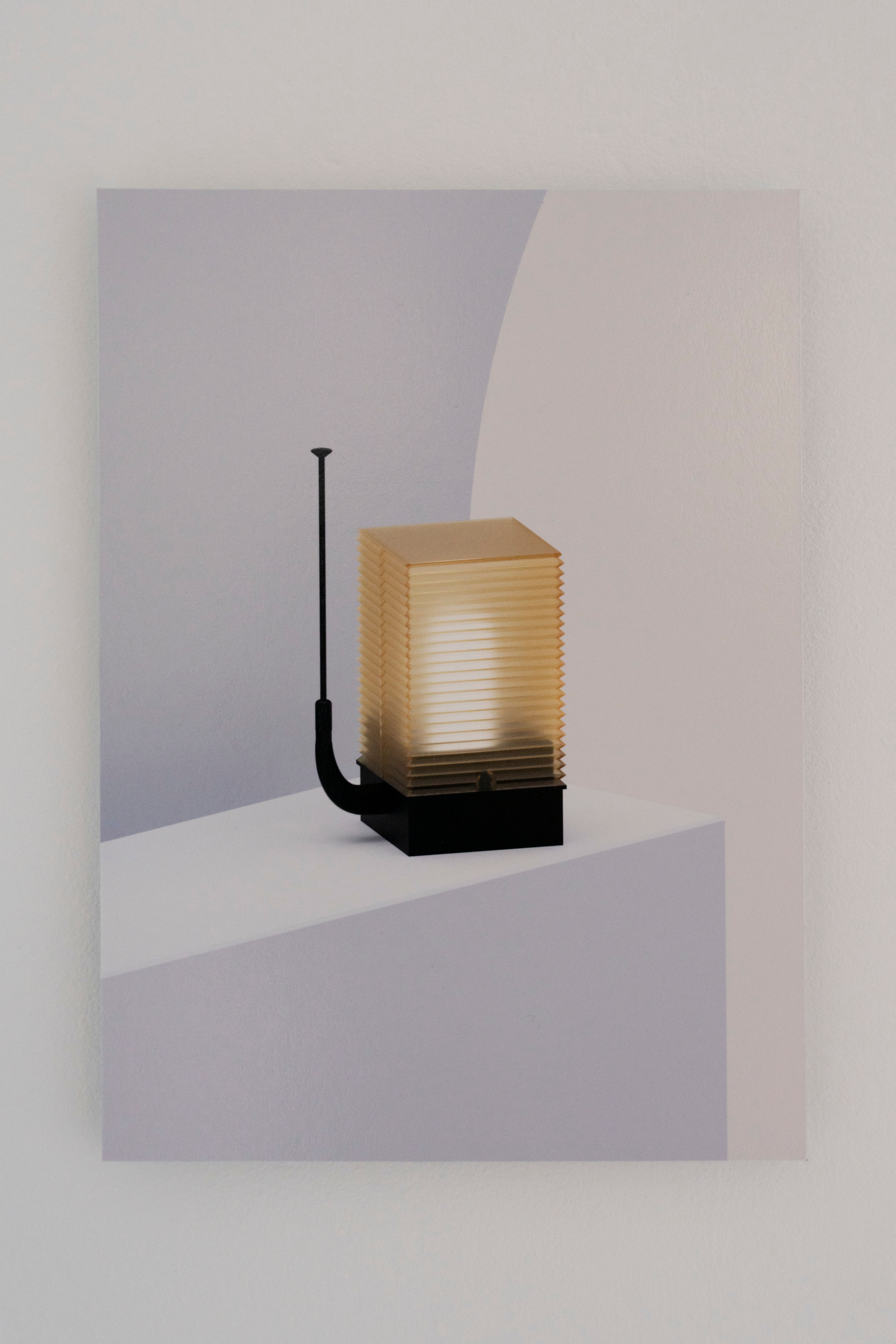





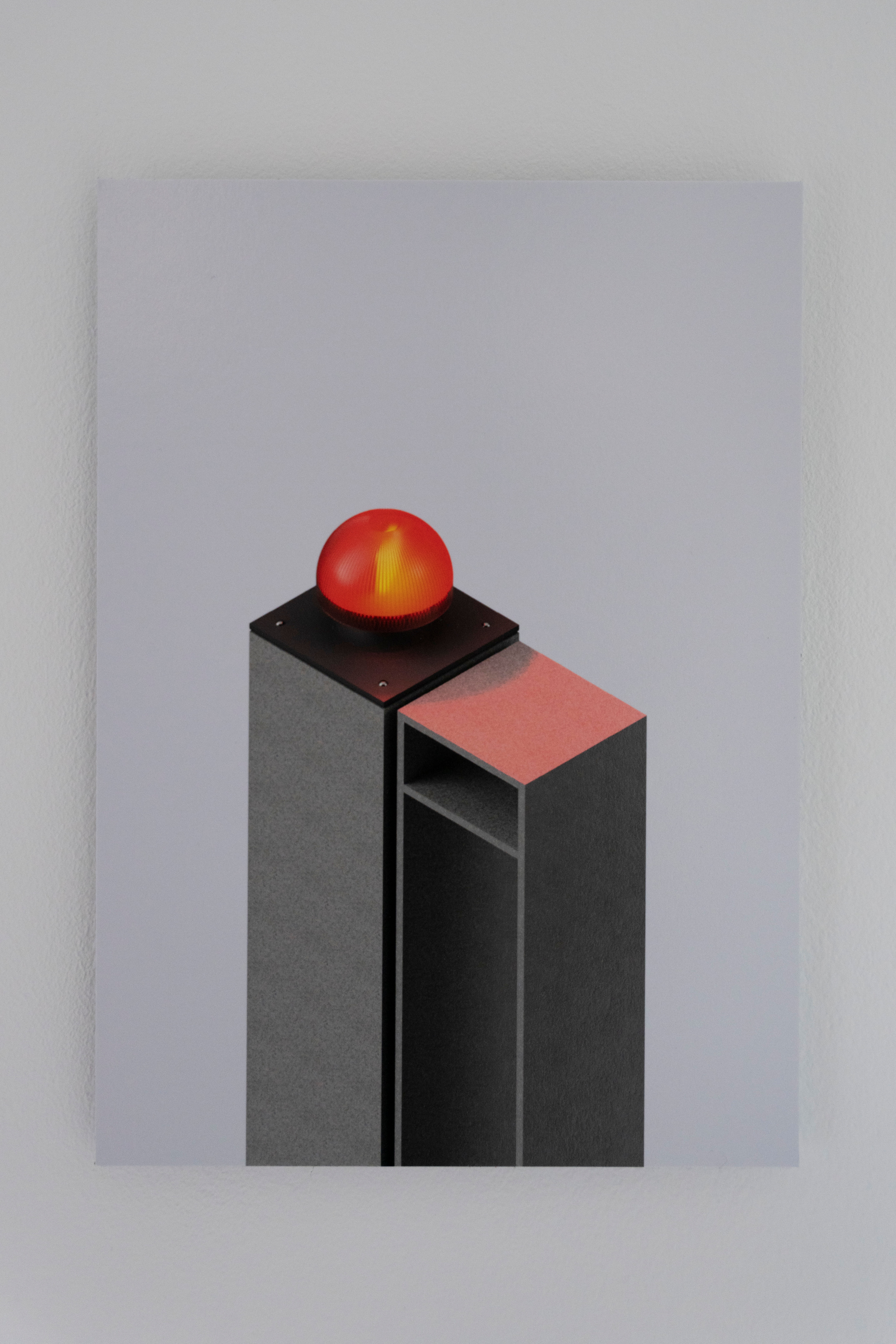

SERIES
A series of prints for the exhibition All Watched Over By Machines Of Loving with Julia Haugeneder
They are round or angular or lemon squeezer shaped or oval or pyramid-shaped. Little precious gems in the suburban wasteland where every house looks like the next. If you own such a house, you might have a radio key to electronically start the motor of the large fence gate. And if you have such a fence gate, you also have a light guard. It starts (because it has to, by law, and because it wants to, by design) to rotate its light, and rejoices in your coming home. If no one else does, this might comfort you. ALL WATCHED OVER BY MACHINES OF LOVING GRACE.
Photos: Rea Djurovic
Exhibited: Stiege 1zwei3, October 2024
Vorstadtkobolde 1-9
A series of prints for the exhibition All Watched Over By Machines Of Loving with Julia Haugeneder
They are round or angular or lemon squeezer shaped or oval or pyramid-shaped. Little precious gems in the suburban wasteland where every house looks like the next. If you own such a house, you might have a radio key to electronically start the motor of the large fence gate. And if you have such a fence gate, you also have a light guard. It starts (because it has to, by law, and because it wants to, by design) to rotate its light, and rejoices in your coming home. If no one else does, this might comfort you. ALL WATCHED OVER BY MACHINES OF LOVING GRACE.
Photos: Rea Djurovic
Exhibited: Stiege 1zwei3, October 2024
